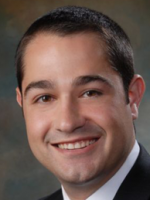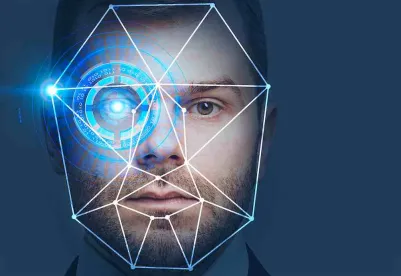Yesterday, Baltimore’s local ordinance prohibiting persons from “obtaining, retaining, accessing, or using certain face surveillance technology or any information obtained from certain face surveillance technology,” became effective. The new ordinance prohibits the use of facial recognition technology by city residents, businesses, and most of the city government (excluding the city police department) until December 2022. Baltimore joins a growing list of localities regulating private use of facial recognition technology including Portland (Oregon), and New York City.
Specifically, the Baltimore ordinance prohibits an individual or entity from obtaining, retaining, or using facial surveillance system or any information obtained from a facial surveillance system within the boundaries of Baltimore city. “Facial surveillance system” is defined as any computer software or application that performs face surveillance. Notably, the Baltimore ordinance explicitly excluded from the definition of “facial surveillance system” a biometric security system designed specifically to protect against unauthorized access to a particular location or an electronic device, meaning organizations using a biometric security system for employee/visitor access to their facilities would appear to be still be permissible under the bill. The ordinance also excludes from its definition of “facial surveillance system” the Maryland Image Repository System (MIRS) used by the Baltimore City Police in criminal investigations.
Significantly, a person in violation of the law is subject to fine of not more than $1,000, imprisonment of not more than 12 months, or both fine and imprisonment. Each day that a violation continues is considered a separate offense. The criminalization of use of facial recognition, is first of its kind across the United States.
Businesses in the City of Baltimore should be evaluating whether they are using facial recognition technologies, whether they fall into one of the exceptions in the ordinance, and if not what alternatives they have for verification, security, and other purposes for which the technology was implemented. An earlier post providing details and analysis of the Baltimore prohibition on face surveillance technology is available here.





 />i
/>i

